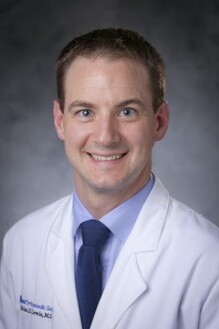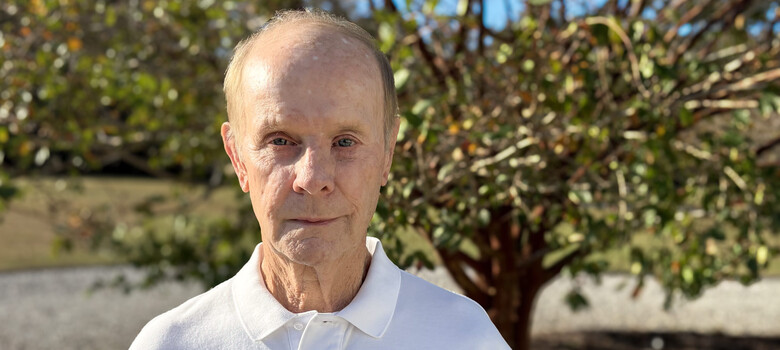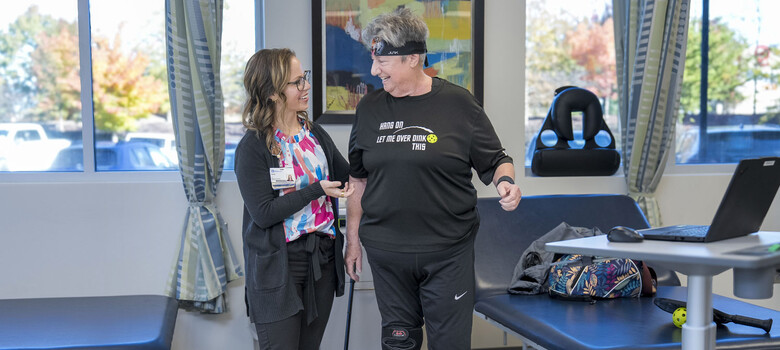 From the DukeHealth.org archives. Content may be out of date.
From the DukeHealth.org archives. Content may be out of date.
Running After Hip Dysplasia Surgery

David Logan is a personal trainer, coaches wrestling, and was even training to be a Navy SEAL before hip dysplasia derailed that dream. Doctors elsewhere told him to consider hip replacement surgery to relieve his excruciating hip pain. Logan immediately discounted that option because it would curtail his very active lifestyle. He did his research and found Brian Lewis, MD, a Duke hip surgeon. Dr. Lewis suggested a series of procedures that would return Logan to running pain-free again.
Creating a Solution Together
“It was like talking to one of my friends,” Logan said of his conversations with Dr. Lewis, a hip surgeon whose patients include young, active people like Logan who suffer from hip pain that may result in arthritis or the need for hip replacement surgery. “Somebody who would actually listen to you and not tell you what was going to happen, but hear what was going on and then try to arrive at a solution together.”
Dr. Lewis assessed Logan's hip damage and repaired his torn labrum, a type of cartilage that lines the rim of the hip socket. During the repair, Dr. Lewis took a sample of cartilage from Logan's hip that was later embedded in a special membrane. Dr. Lewis then re-implanted the membrane in Logan's hip; the process and procedure had never been performed in the U.S. before. The goal is for the implant to regenerate new tissue growth to replace or supplement Logan's damaged hip cartilage. Finally, Dr. Lewis performed a periacetabular osteotomy (PAO) to reposition the hip socket and treat the underlying hip dysplasia.
The novel series of procedures was exactly what Logan needed to be active again. It's also a perfect example of what Dr. Lewis likes to do for each of his patients.
Every conversation he has with his patients is centered around their quality of life and how he can make their goals a reality. “I'm trying to think outside the box, factor in the patient's goals, and come up with solutions,” Dr. Lewis explained. “That’s what’s going to drive our decisions. When somebody comes to you, you talk through things and always work to find their best outcome.”
Back to Running One Year Later
Today, one year after surgery, Logan has no pain in his hip. That's a remarkable improvement from the four years he spent with hip pain so debilitating it made getting out of bed a difficult task.
Dr. Lewis asked Logan recently if there was anything he couldn't do because of his hip. Logan responded, with a smile, "I haven't found anything yet."
"It means everything for me to be doing the things I am doing now," said Logan. "That's what my life is. That's what it's always been. And now it's back and I couldn't be happier."




